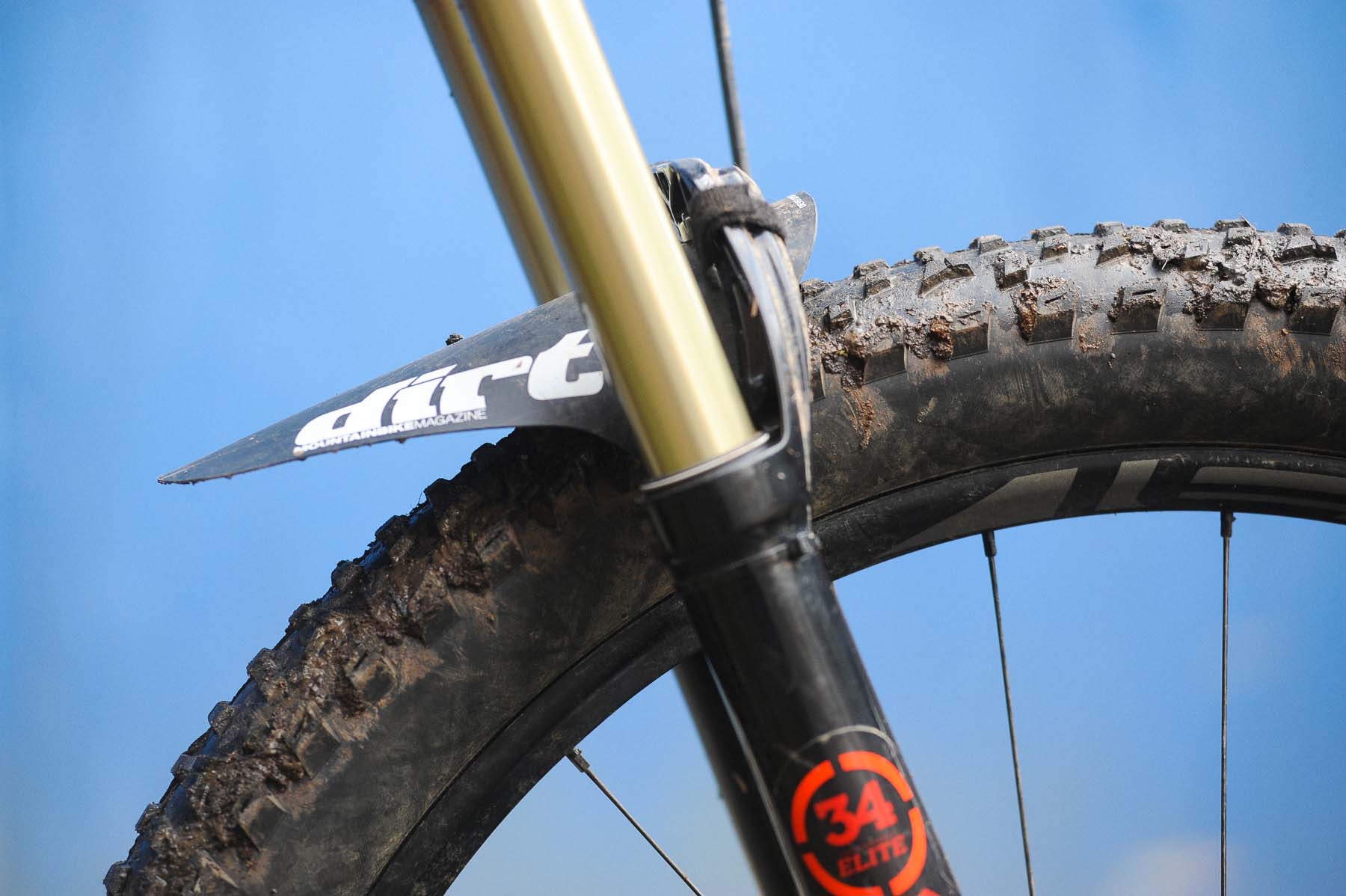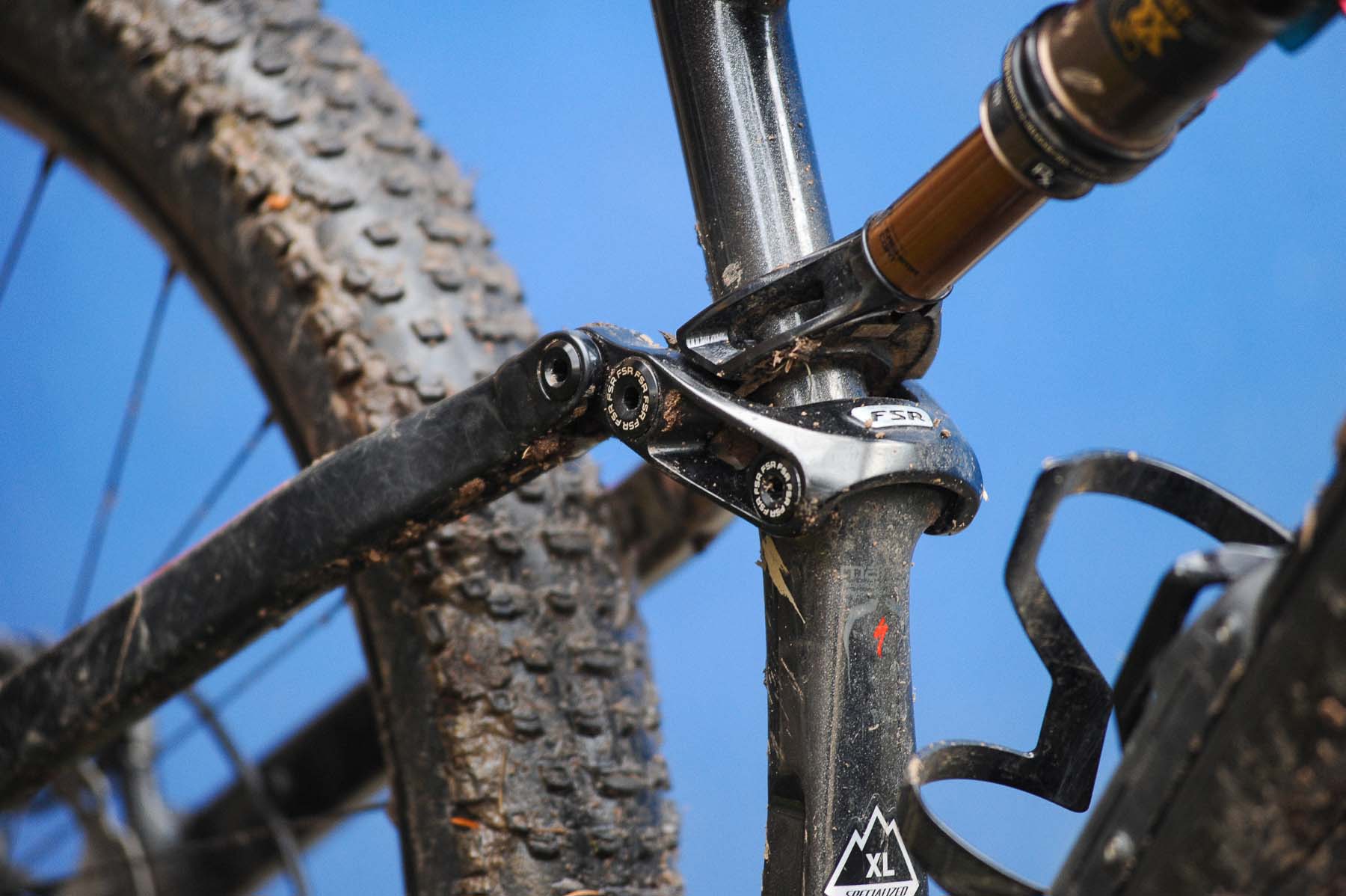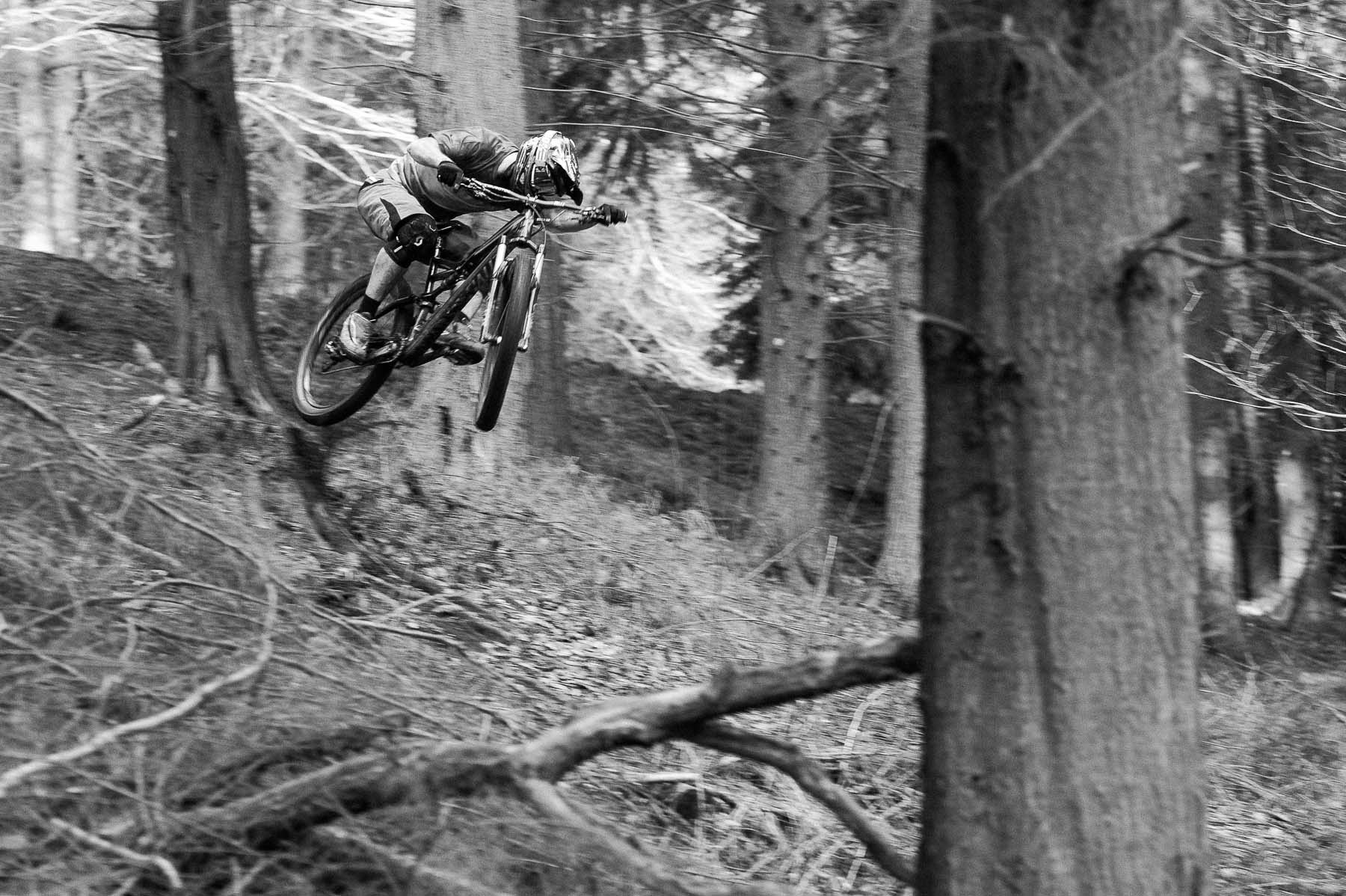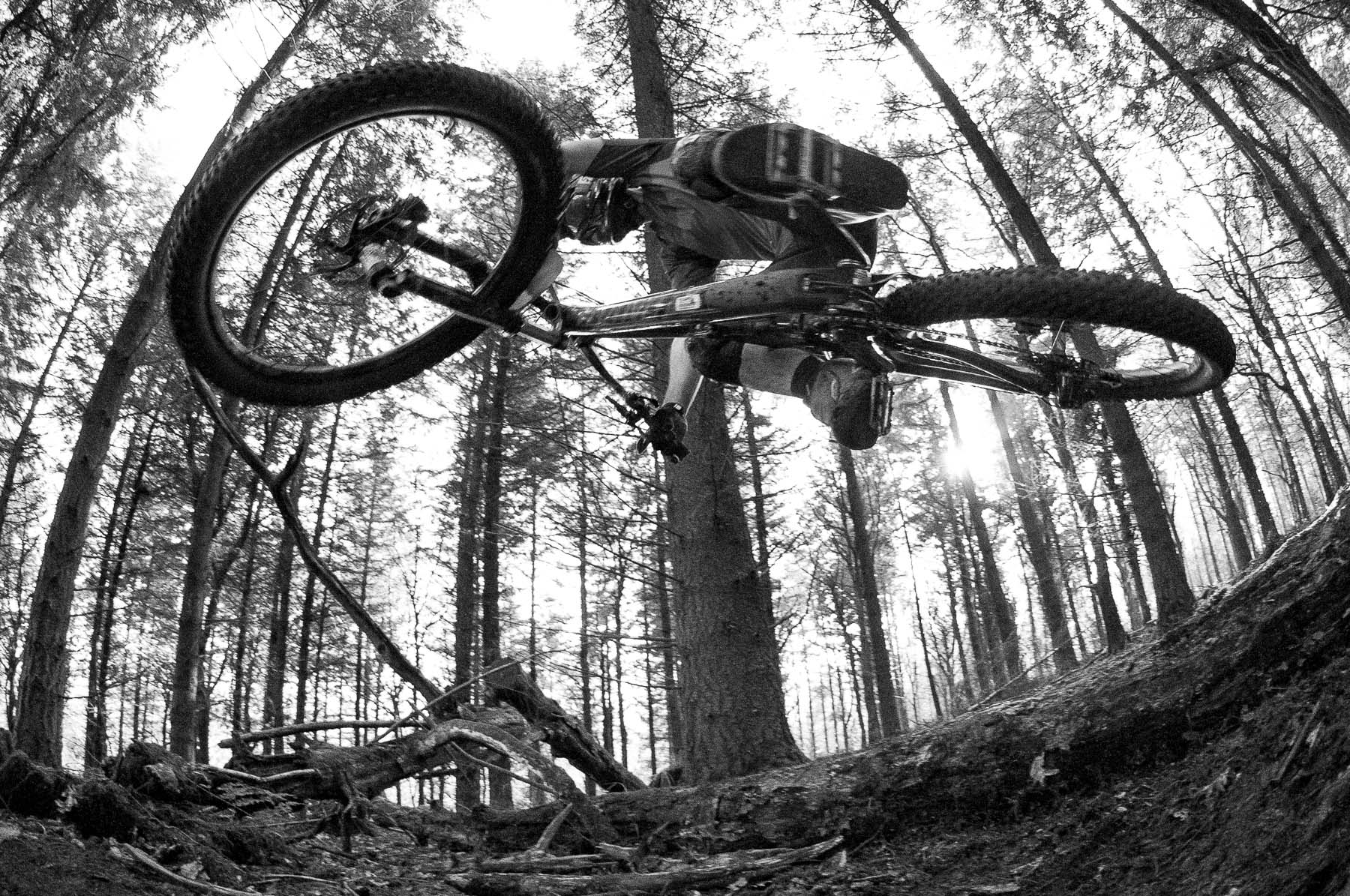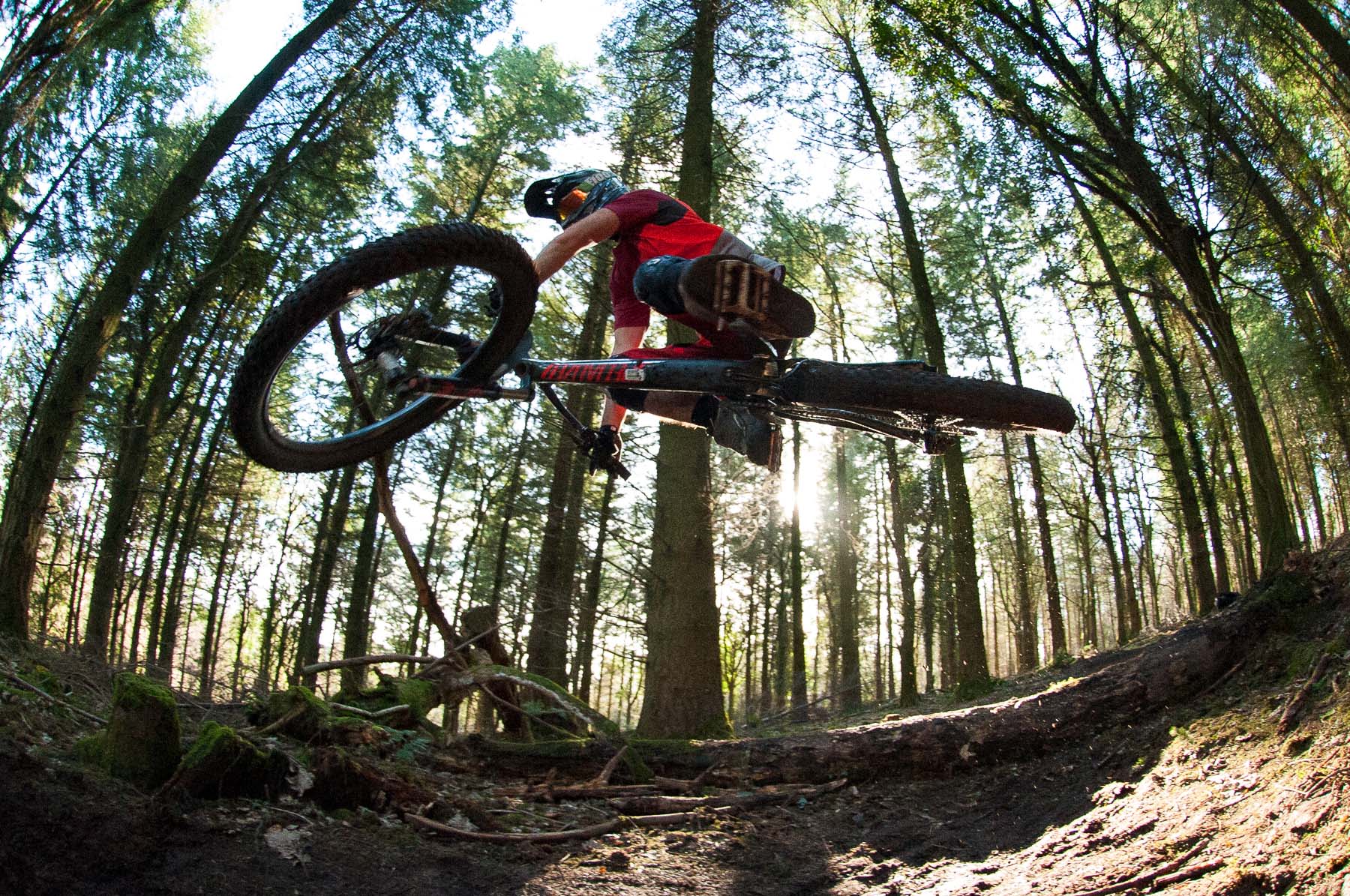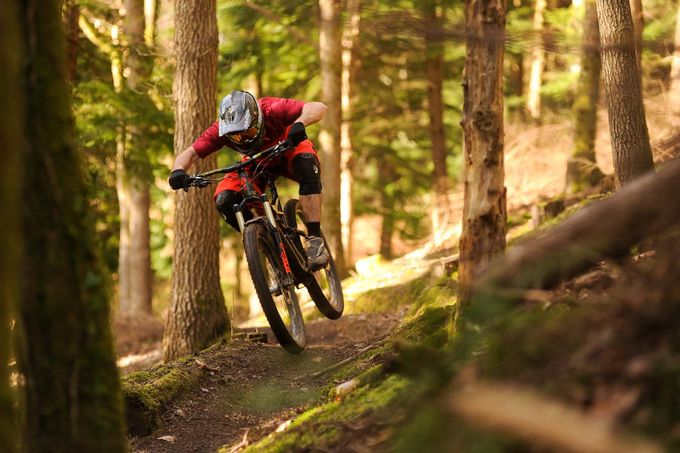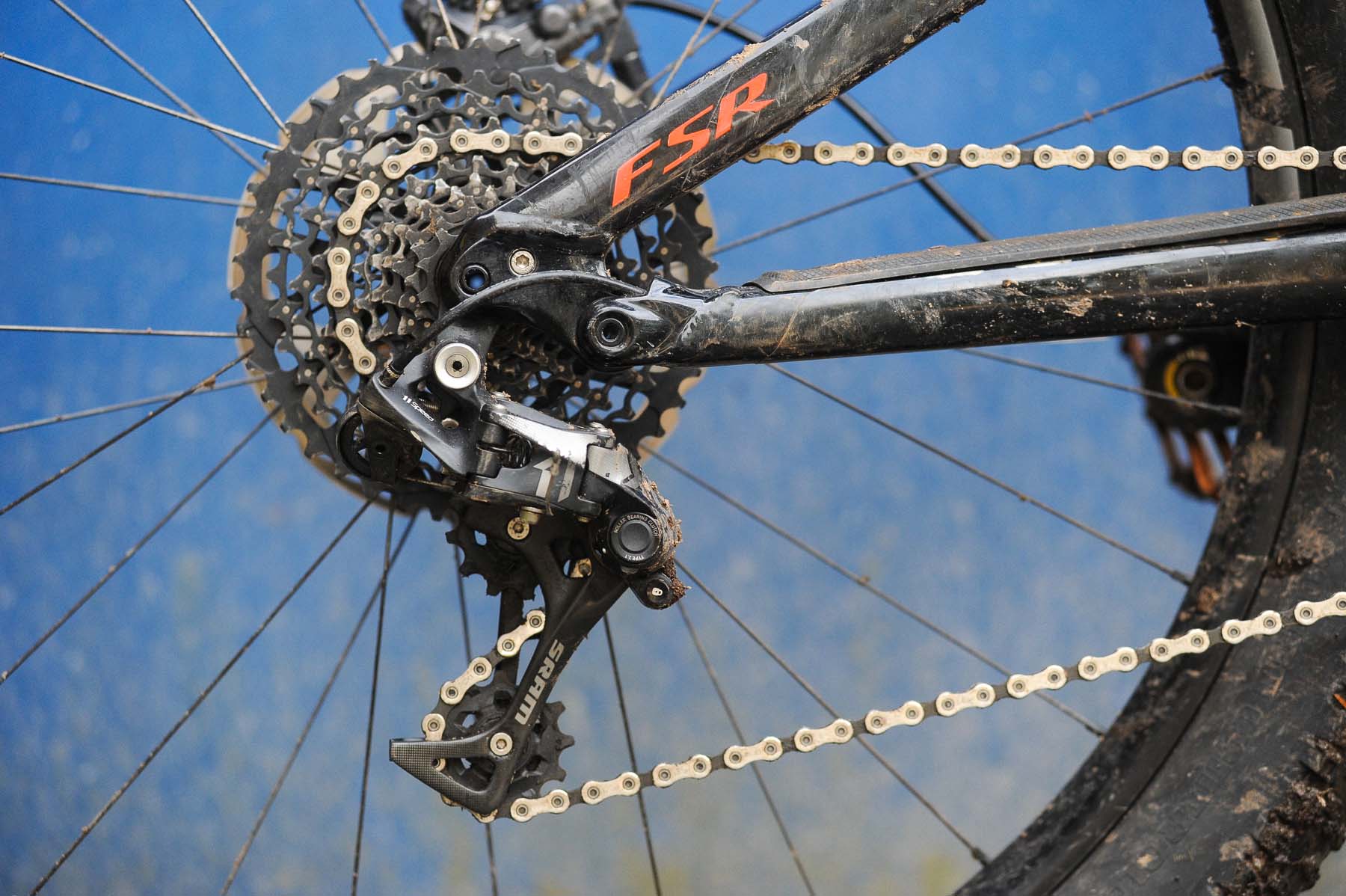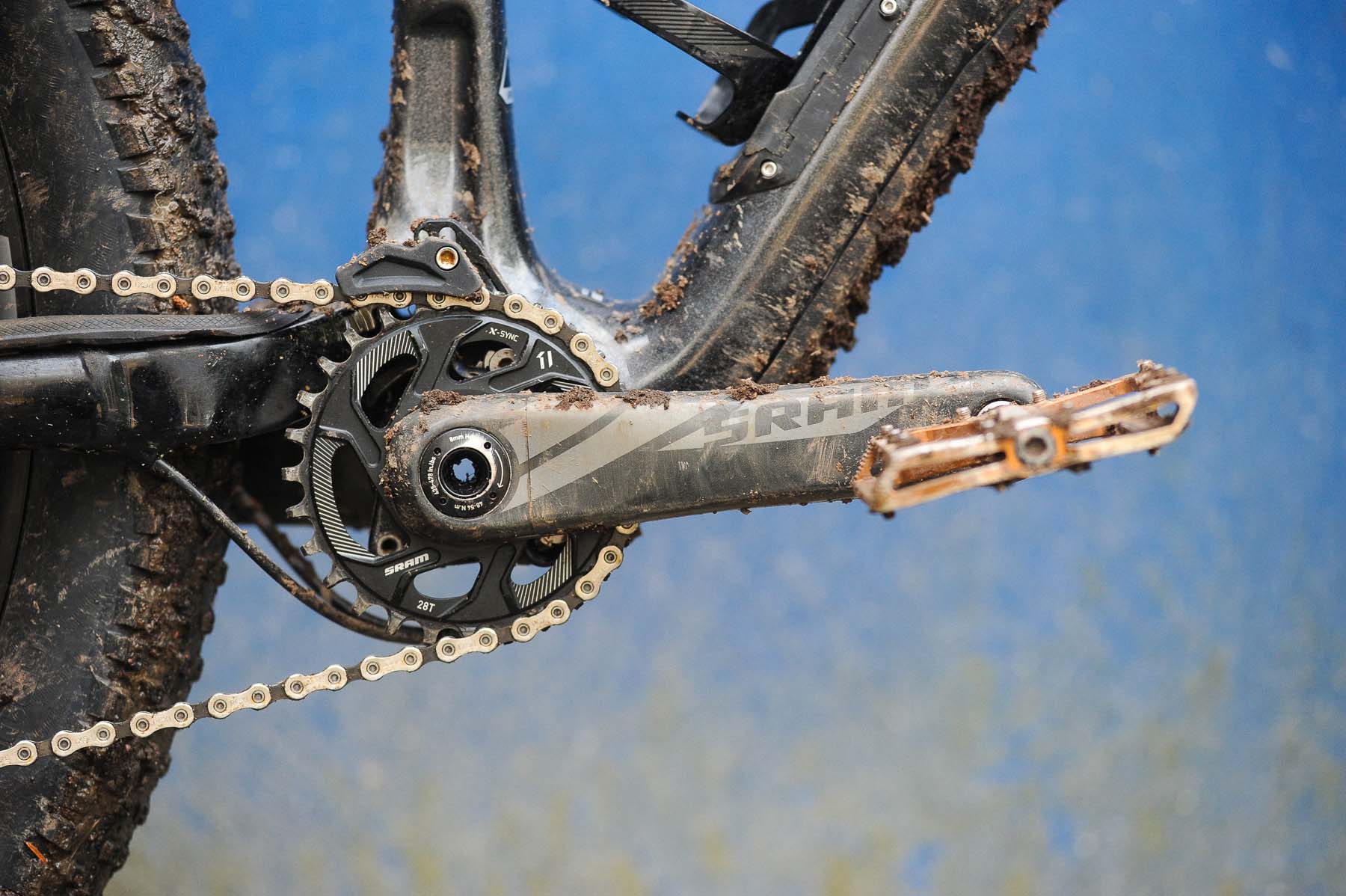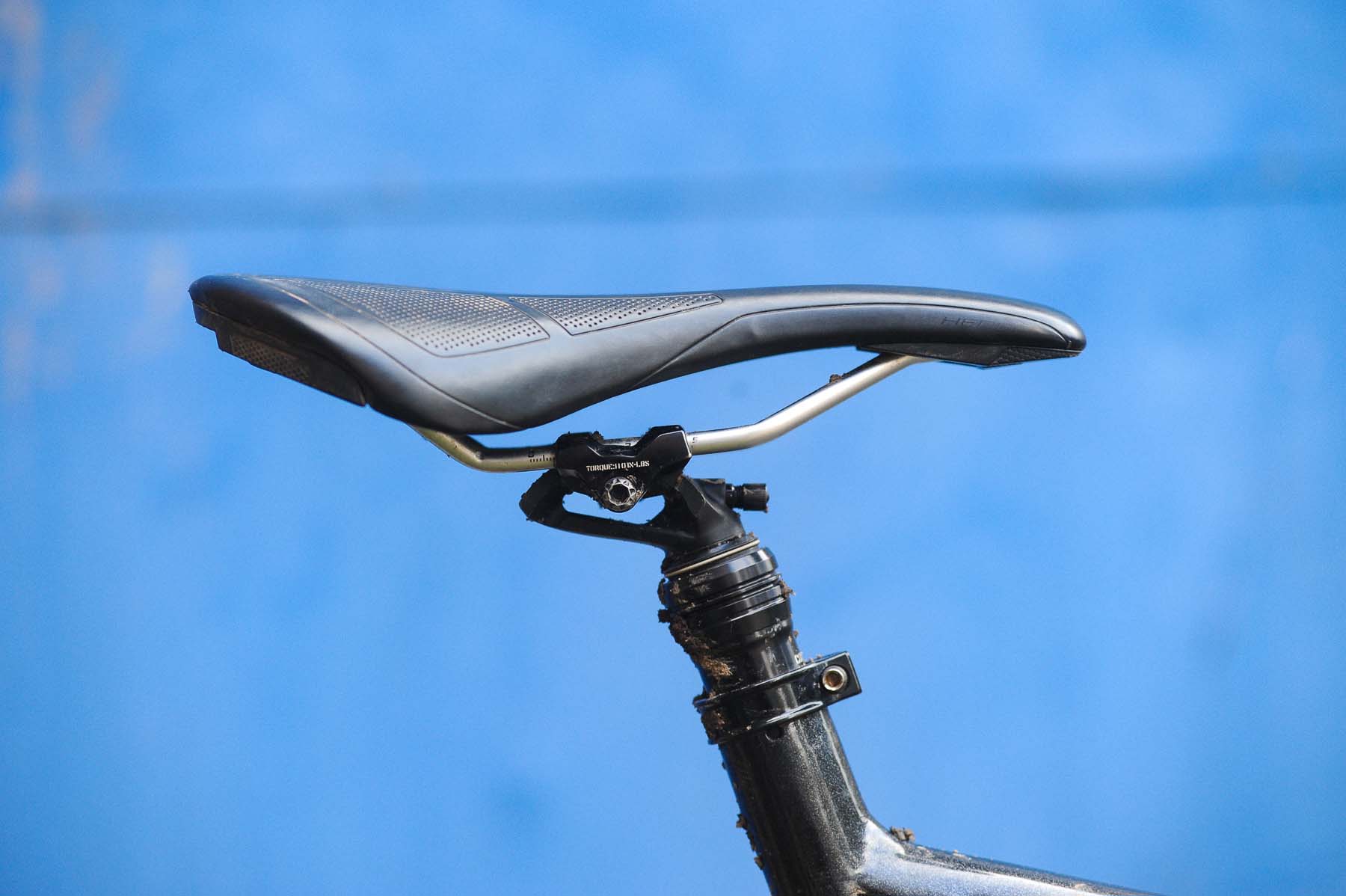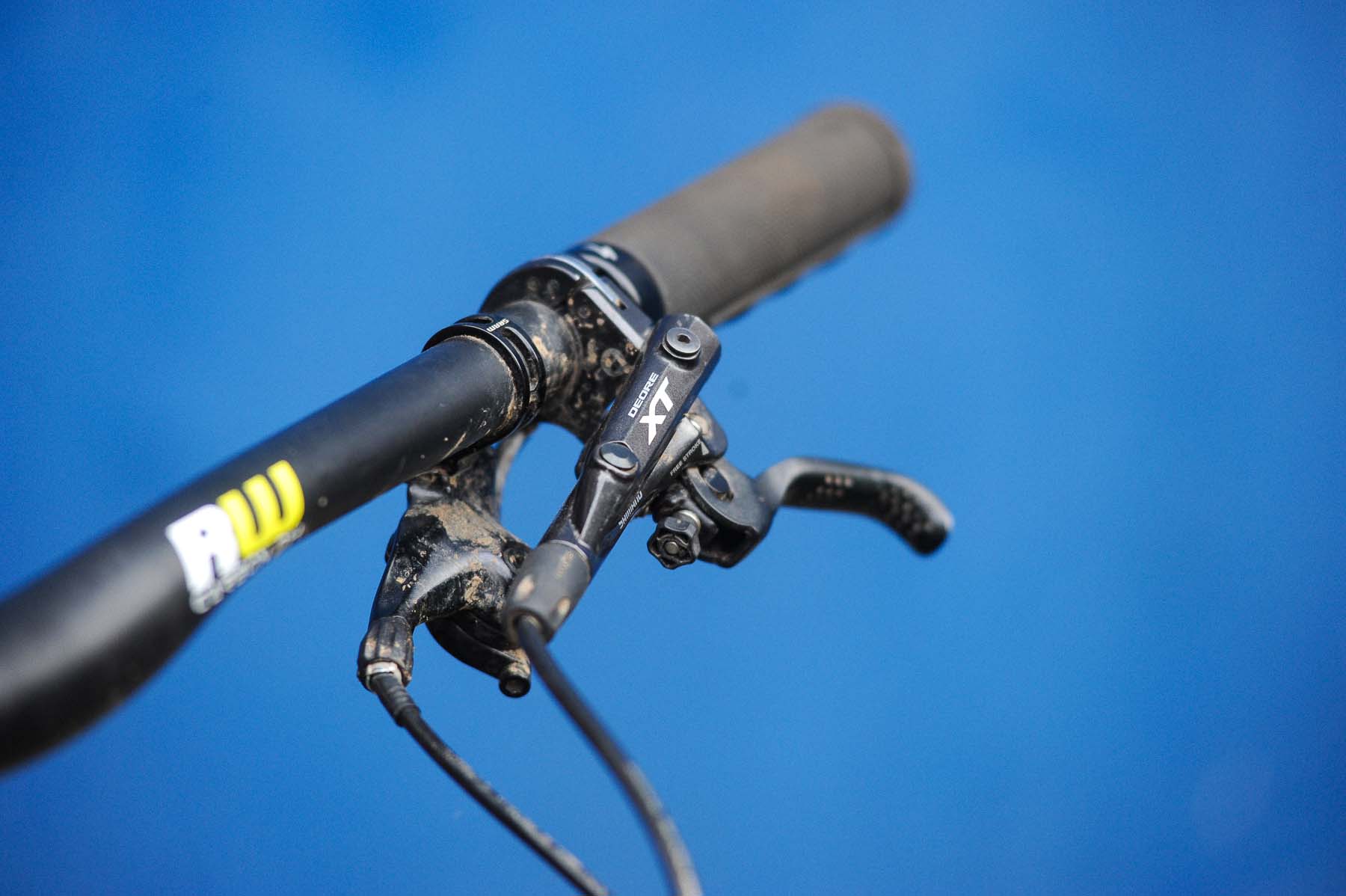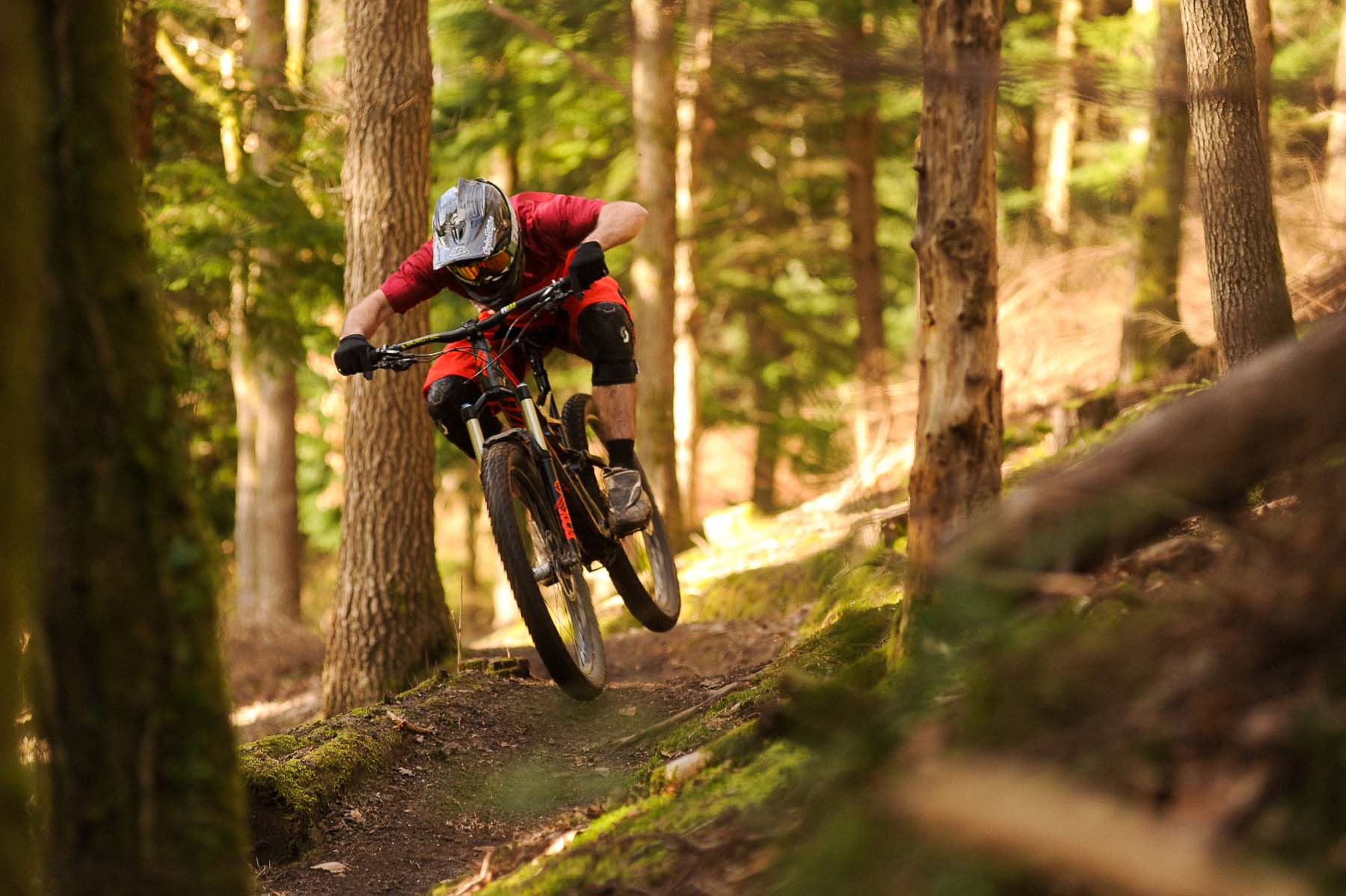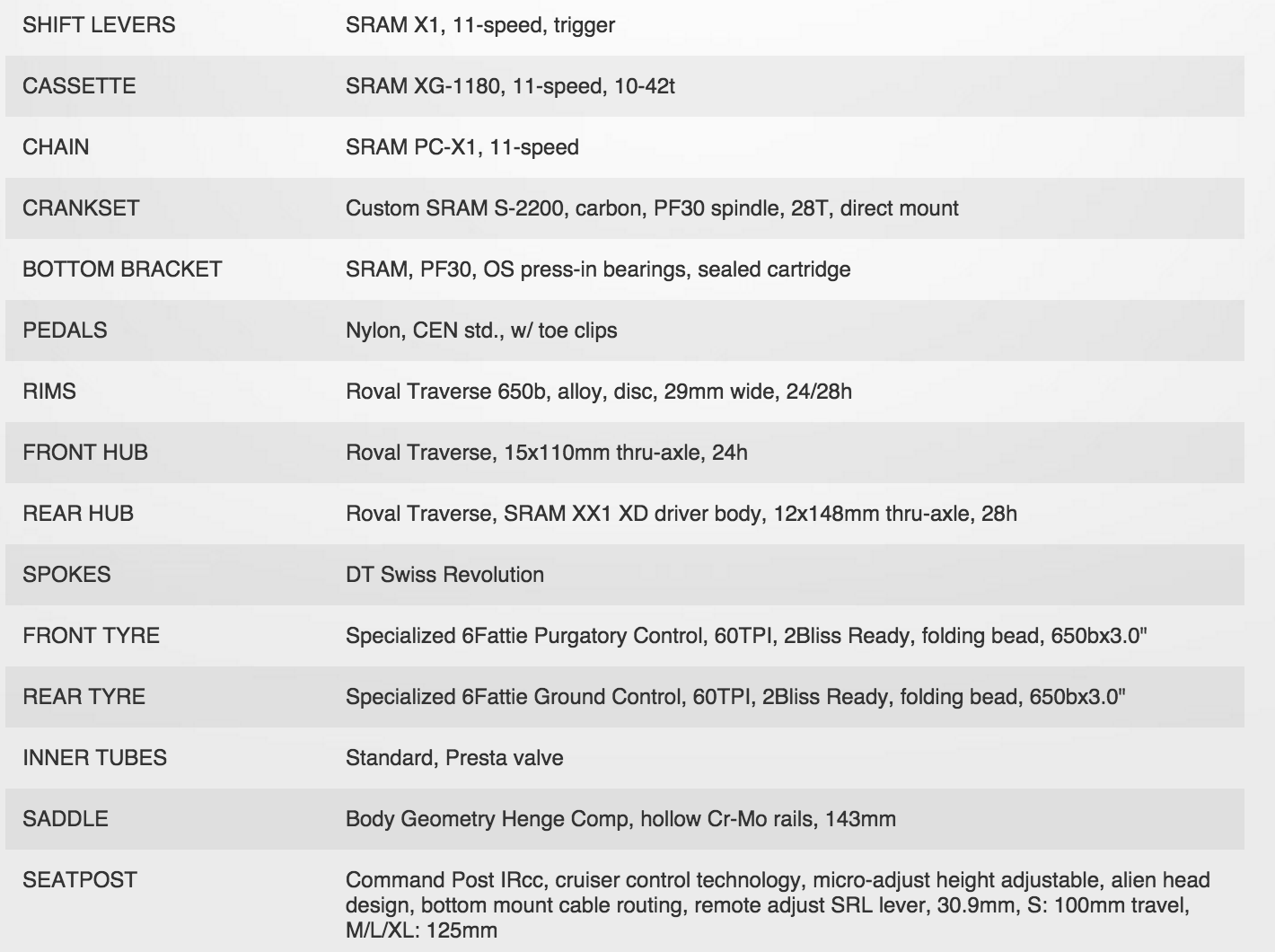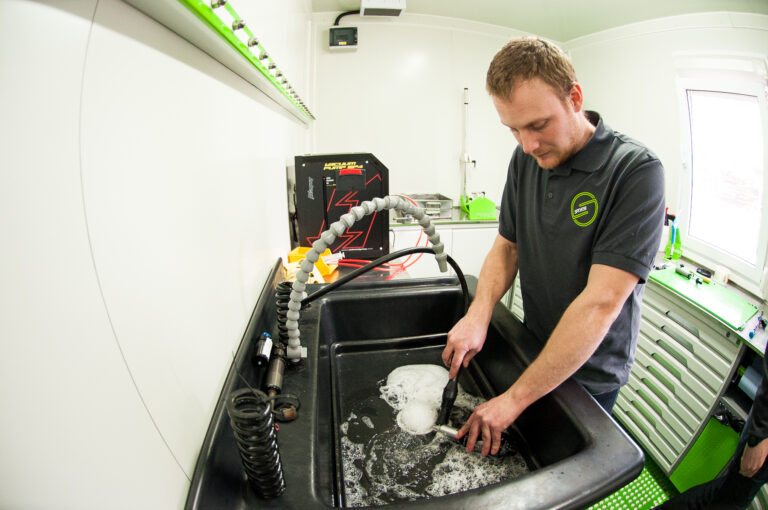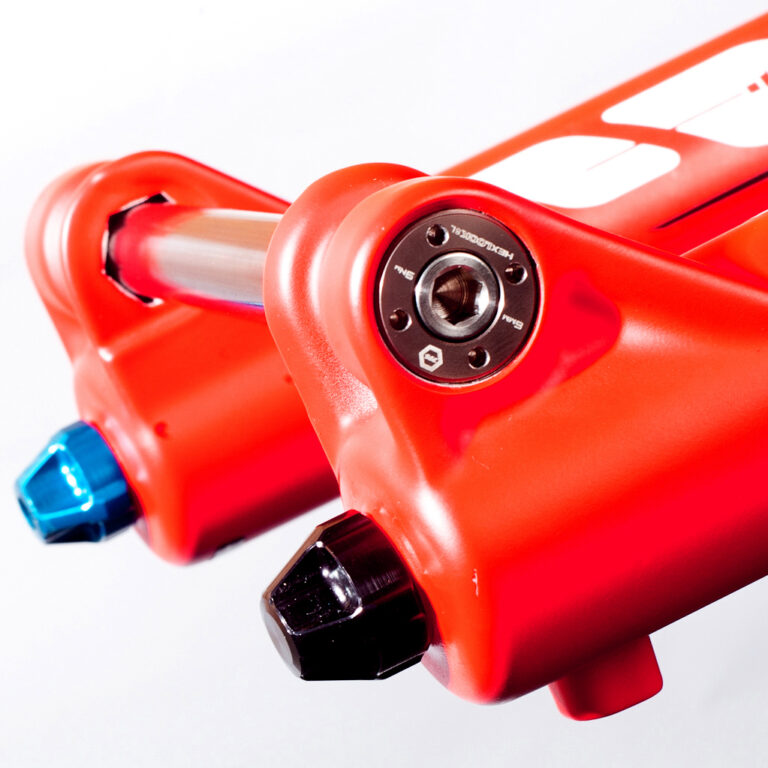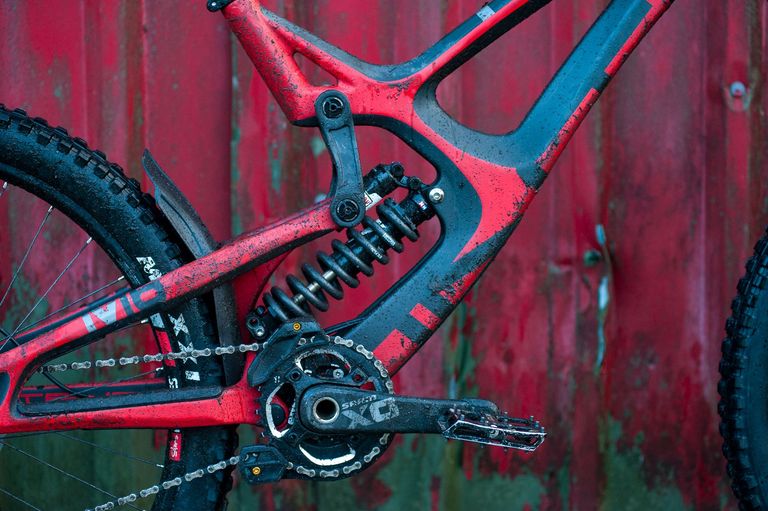Visit any mountainbike suspension company and they’ll more than likely have a four wheel drive vehicle to get to work and events, maybe relying on the cushioning a good deep tyre gives to the ride. Maybe its because they like a bit of travel in their ride, or maybe that in simple terms if they’re running bigger tyres they prefer the softer spring rate that the big rubber provides.
But as much as big tyres are part of everyday off road truck and tractor life, finding the balance between grip and comfort is a massive part of mountainbiking. After all a bicycle needs as much help as it can off road. Changing the tyre size affects the spring rate of the bike, this in itself is huge before you begin talking tread patterns and pressures. In general lower profile tyres effectively give better lateral performance but the vertical spring rate changes and the cushioning from the trail goes down.
No surprise then that big tyres are back on the agenda. Common sense would tell you that they’ll offer a more comfortable ride through brutal grounds, but how far are we from getting a tyre tuned to the bike? We take a ride on the new Specialized 6Fattie.
By S.Jones
Action: Ieuan Williams
Photos: Ben Winder
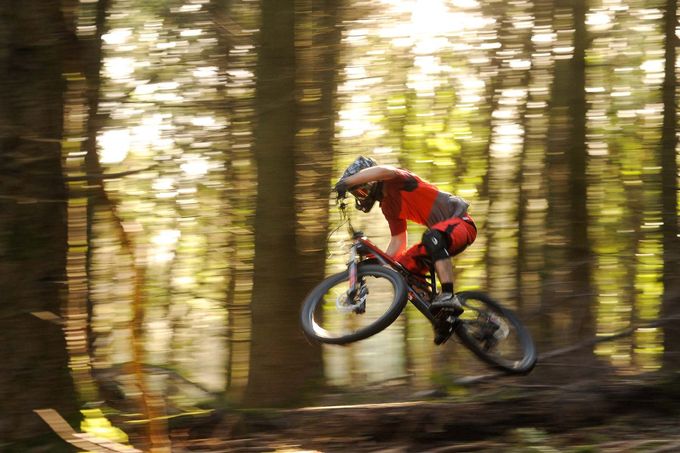
It’s a much asked question. “What do you think of 650 plus – the larger volume three inch tyres?” Initially not so much really, Michelin 2.8’s and 3.0” Nokia Gazzaloddi were part of the downhill scene almost twenty years ago, we were in no rush. That’s not true, we were intrigued, but we waited until winter to see whether a tyre with an outer diameter only slightly smaller than a 29” and width not massively different to a 2.4” tyre offers better performance.
It all comes down to familiarity. It takes a while to adapt to the ways and looks of a bike with a wider fork and fatter tyre – not fat enough to make it daft, just make it different. 6Fattie gives the bike an association with the huge rubber hardtails but don’t go comparing this bike to such beasts. The 6Fattie could probably do without the association with those bikes for it simply has a slightly wider tyre, fork and swingarm. What we have here is a 135mm travel Stumpjumper with 3.0” tyres rather than the 2.3” featured on the standard 650B model.


